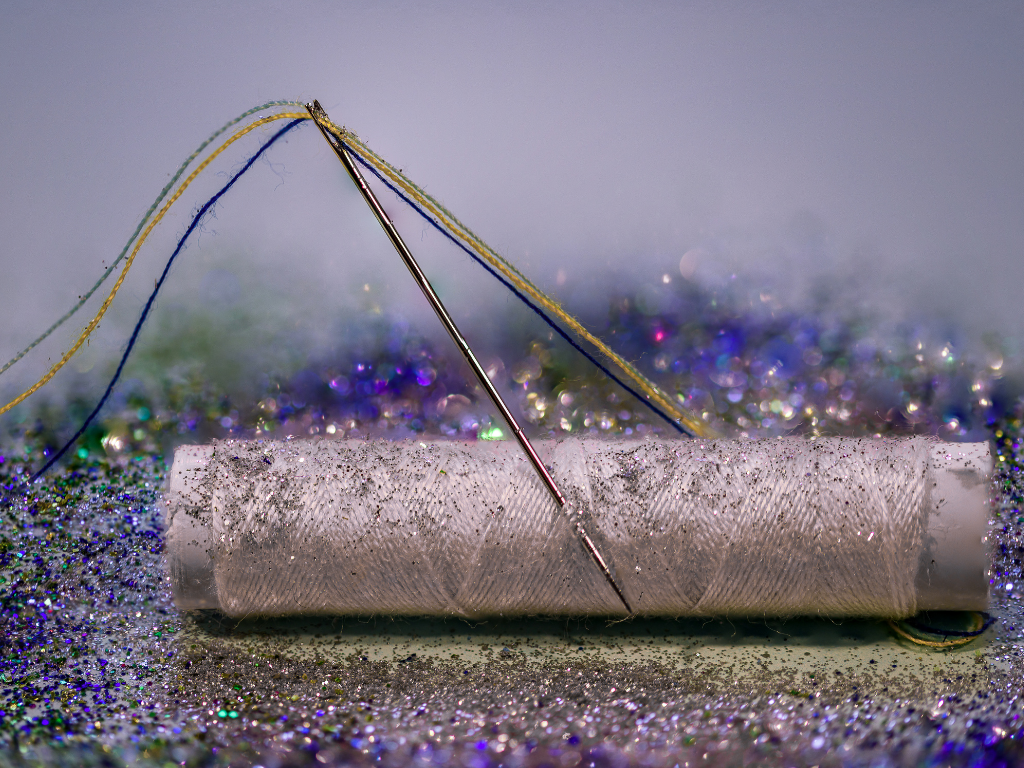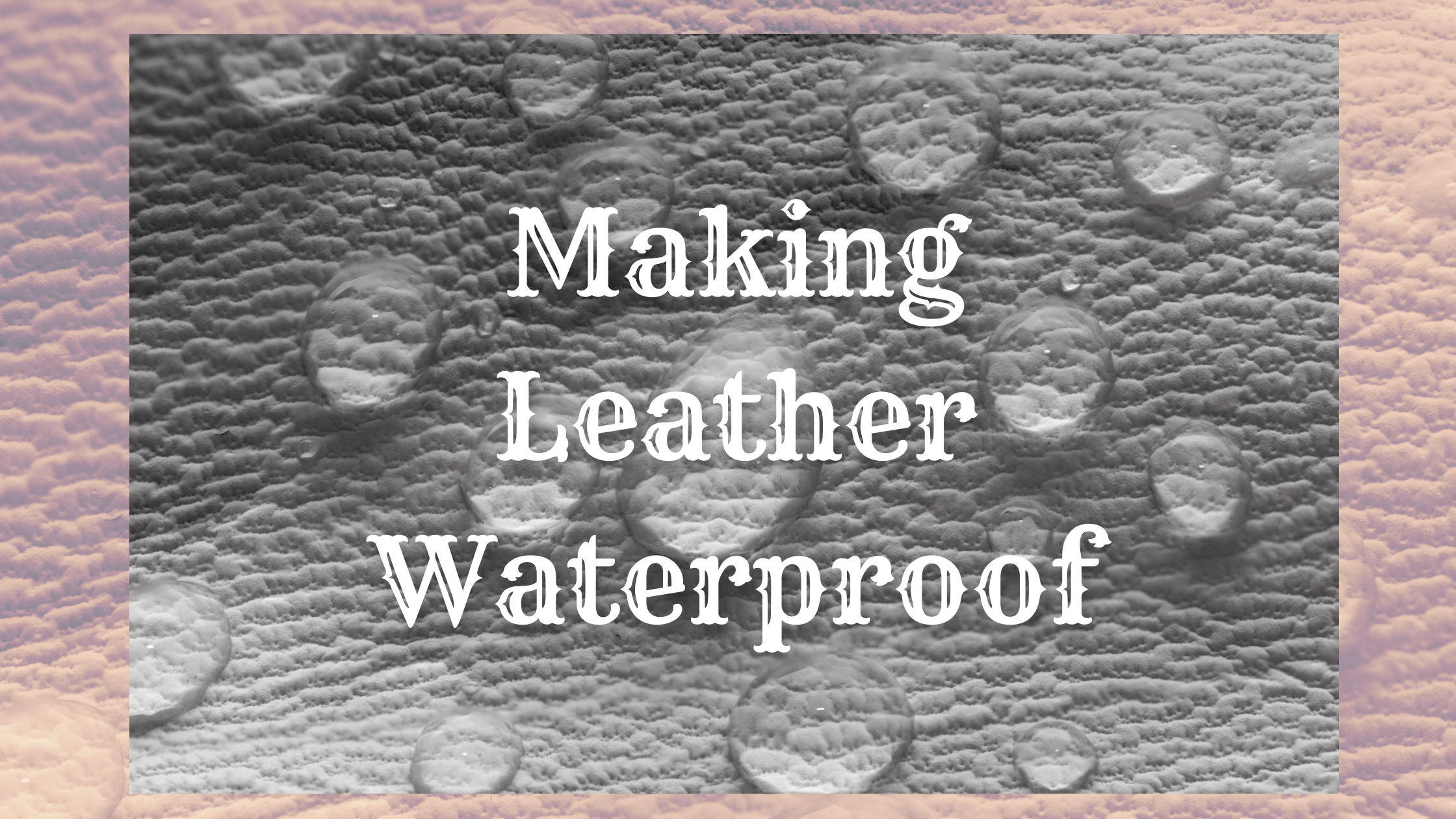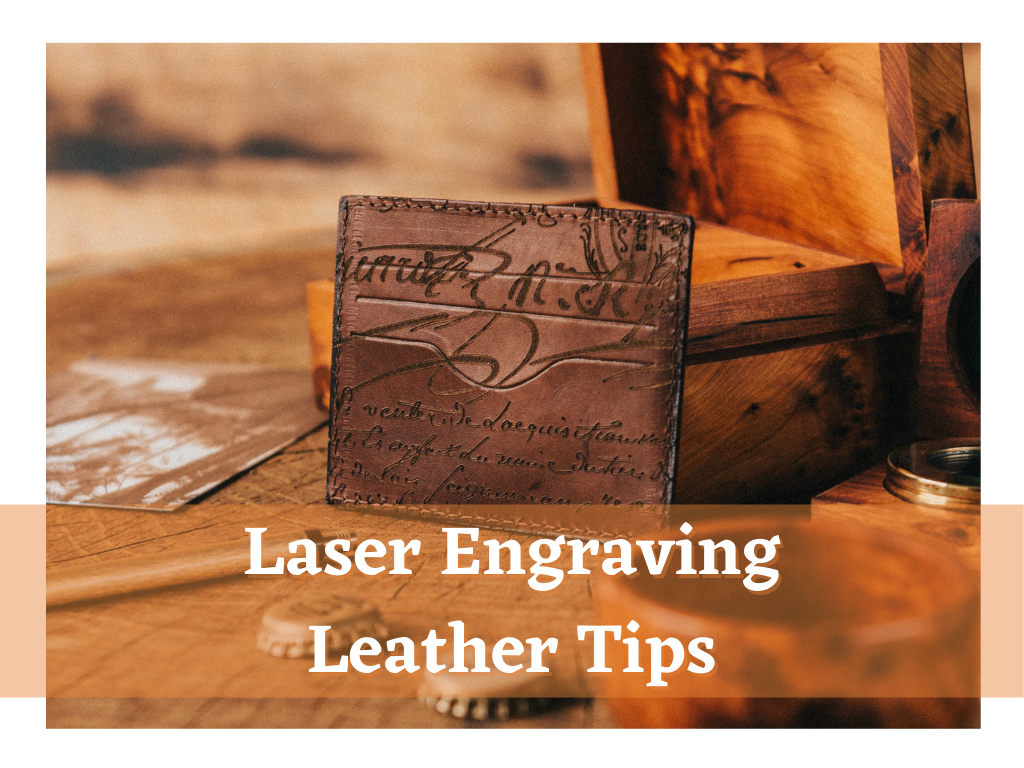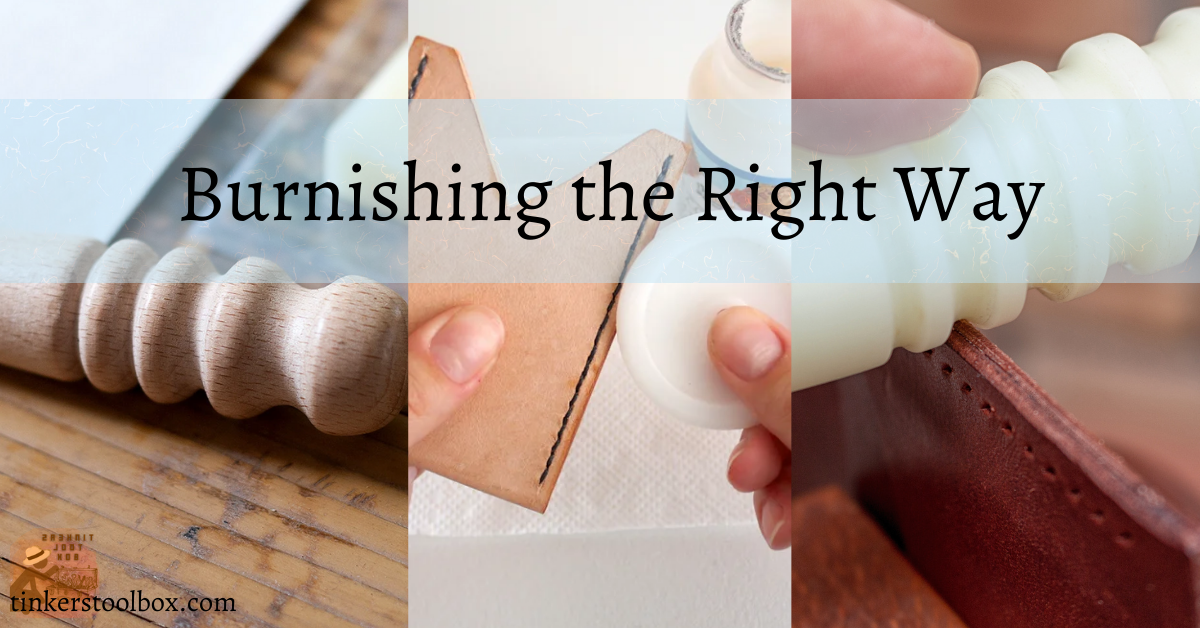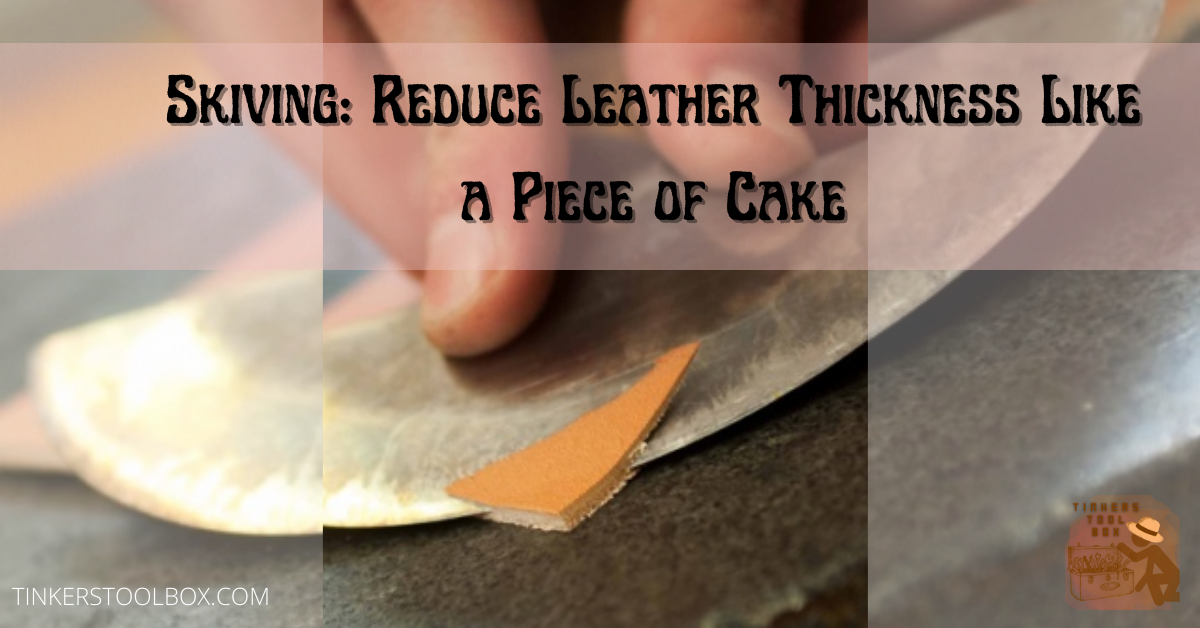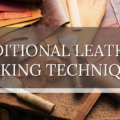Every step in leather crafting is as important as the other. From choosing the right leather for your project to dyeing your leather, these processes require sufficient knowledge and practice. A well-crafted leather must come with fine stitches, and to do that you must know how to thread your needle first. I’ll be showing you how to thread a needle for leather stitching in this guide.
How do I thread a needle for leather stitching? Thread a needle for leather stitching by inserting your thread through the eye of the needle. Lock your needle in place by piercing the inserted part of your thread twice to create two loops.
Threading a needle could be a struggle especially if you find that your hands aren’t just steady enough and used to the job. If you want to learn how you could thread a needle much easier, keep your eyes peeled on this article. I’ll be providing you a step-by-step guide as to how you could insert your thread through the eye of the needle and secure your thread. I’ll also be giving you ideas on the best and worst threads for leatherworking.
Materials For Threading Your Needle
- Skiving knife
- Thread (linen)
- Two needles
- Beeswax
- Cutting board
Step By Step Needle Threading For Leather
Here are the steps that you need to follow in order to thread your needle for stitching leather. Note that we’ll be doing a single-needle thread for leather stitching which is ideal for beginners. However, there is also a more advanced double-needle technique if you want to level up your leather crafting skills.
Threading The Eye Of Your Needle
The very first step in threading your needle for leather stitching is finding the correct length of thread to use. The precise way to determine the right length of thread for your leather project is to first measure the length of your stitching channel. Once you obtain the measurement for this, multiply it to 3.5. The resulting length in inches should be the ideal length of thread for you. It would be difficult to work with a thread longer than 3 feet, so just use two individual threads instead if the result is longer than this.
Make sure to also have a thread that is thick enough or waxed. A thin thread has a very high tendency of tearing through and damaging your leather while thicker thread looks more proportionate to leather. Waxing your thread refines the tip and makes it easier to insert through the eye of the needle. It could also protect your leather from graining while stitching by reducing the friction between your leather and your thread.
If you opt not to wax your leather, you can wet or pinch the tip of your thread and then insert it through your needle. Push the thread up to a centimeter beyond the eye.
Piercing Your Thread With The Needle
Now that you have inserted your thread beyond the eye of your needle, pull it further. Make sure that you have at least twice the length of your needle that goes beyond the eye. Let’s refer to this part of your thread as the dangling piece for easier reference.
Pierce the dangling piece of your thread with the sharp point of your needle. Once you have done so, repeat the process until you have pierced the dangling piece twice. Piercing your dangling thread twice would in turn create two loops. Slide these two loops across your needle and towards the eye. Pull the opposite side of your dangling piece so that your two loops would decrease in size.
Creating Your Knot
Once you have your loops smaller and pushed towards the eye of your needle, simply pull them over the top of your needle. Pull your thread until you have no more room left. The loops that you have created would serve as your secure locking points after you pull your thread.
Machine Versus Hand Stitching Leather
After learning how to thread a needle, you should consider what kind of stitching method you will use between machine and hand stitching leather. Although either of the two can be used to stitch the leather, hand stitching has its undeniable advantages over machine stitching. I’ll be discussing why you should consider hand stitching your leather over using a machine and how it can make your leather crafting experience much more special.
Hand Stitching
When hand stitching leather, you’d be incorporating saddle stitching. Saddle stitches are individual and are independent. This means that in the event that a single stitch breaks down, your leather project would stay intact. You will have an idea when your leather project is starting to break down when one stitch gives away.
Aside from its durability advantage, hand stitching leather is practical and cost-effective. You could sew almost anywhere without having to carry around an expensive sewing machine. The most that you could spend on when hand stitching is a stitching pony which is purely optional.
Machine Stitching
Contrary to hand stitching, machine stitches are lock stitches. This means that when one stitch breaks, the whole stitching channel would unravel. This would give you no prior warning when your leather project is starting to break down and needs immediate repair. Machine stitches also all look the same. This takes away the feeling of satisfaction with unique stitches that you can get if you hand-stitch the leather.
Sewing machines are also bulky and expensive. You wouldn’t have the option to relax and sew on your couch when machine stitching. Most machines would require you to be near a power outlet for electricity. The only advantage of machine stitching over hand stitching is that it is less time-consuming.
Best And Worst Threads For Leather Stitching
An important ingredient in creating fine leather stitches is to find the ideal type of thread for your leather project. Leather projects vary in weight, thickness, and purpose. Threads have varying characteristics that could determine whether or not they are suited for your chosen leather project. Here are a few thread suggestions that you could use on your leather project.
Linen
Linen thread is the most commonly used type of thread even outside of leatherworking. It has a relatively average strength but can be cheaper and easier to find than other thread types. It has a lot of available colors to choose from to suit your stitching needs. Most of the time, it requires waxing before threading your needle to refine its edges and make it easier to stitch.
Linen thread is also wear-resistant which makes them ideal for long-lasting leather projects. Its thin composition is ideal for smaller leather projects such as wallets, watch straps, and leather pouches.
Nylon
Nylon thread is ideal for heavy-duty use. It can be used for your leather handbag and backpack, or even your leather tool roll-up case. Nylon thread is most commonly used for upholstery in cars, furniture, and any other heavy-duty commercial use. It does not require waxing due to its smooth and glossy finish, therefore would not scratch against the surface of your leather when stitching.
Although it may be one of the toughest threads available on the market, a downside of nylon thread is its vulnerability to heat. If you are thinking of creating a leather project that would be exposed to high temperatures outdoors, avoid using nylon thread.
Polyester
A polyester thread is a synthetic type of thread. This means that it has undergone multiple processes until it is fully refined. Synthetic threads are made to be strong, do not require waxing, and do not deteriorate over time. Since it was artificially crafted, polyester thread is resistant to chemicals that it could be possibly exposed to. It has a lot of flexibility suitable for high loads and heavy-duty purposes.
Aside from its strength, flexibility, and durability, polyester thread is ideal for leather projects that will be exposed to high temperatures or the outdoors. It has a high melting point of 260 degrees celsius which is higher than any amount of heat that it could get exposed when outdoors.
Cotton Thread: Big No For Leather Stitching
When leather stitching, avoid using cotton thread at all costs. It is considered by veterans in leather crafting as the weakest thread that one could possibly ever use. It has very little elasticity and could break at the slightest amount of tension.
Although cotton could be found almost everywhere from our hand towels up to the shirts we wear every day, it is not ideal for leather stitching. It is more expensive than the aforementioned thread types and more suited in machine stitching clothing products.
Conclusion
Threading the needle for leather stitching is a tricky job. While most of us are accustomed to life’s bigger challenges on a daily basis, a simple task such as threading a needle could be a daunting task to accomplish without the proper guidance. Now that you’re familiar with how to thread a needle, you could move on and explore more advanced leatherworking techniques!
